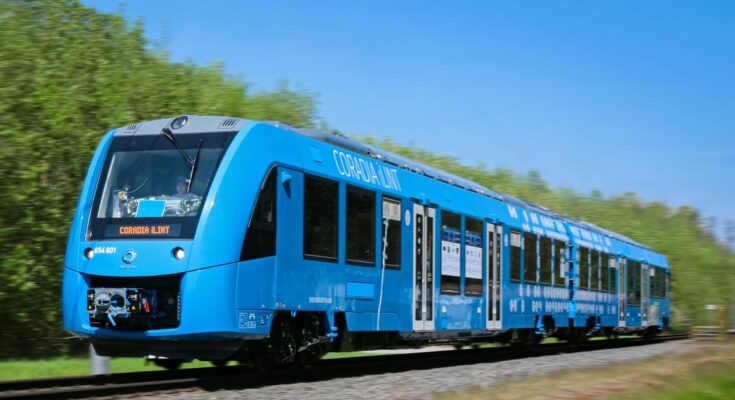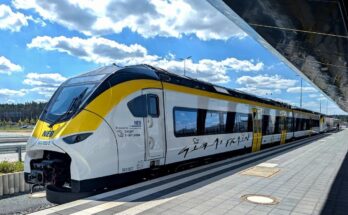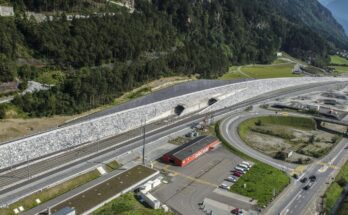Germany is once again proving why it stands at the forefront of green transportation. In a groundbreaking move toward sustainable mobility, the country is deploying hydrogen-powered trains equipped with advanced Lithium Titanate Oxide (LTO) batteries. This combination of hydrogen fuel cells and next-generation battery technology marks a major leap forward in the global shift toward clean, emission-free rail transport.

A Revolution on Rails
While most of Europe’s rail network still relies on diesel-powered locomotives, Germany is changing the game. These new hydrogen trains are designed to operate entirely without carbon emissions, releasing nothing but water vapor into the air. The trains run on hydrogen fuel cells that generate electricity through a chemical reaction between hydrogen and oxygen—an elegant, silent process that produces power and water as byproducts.
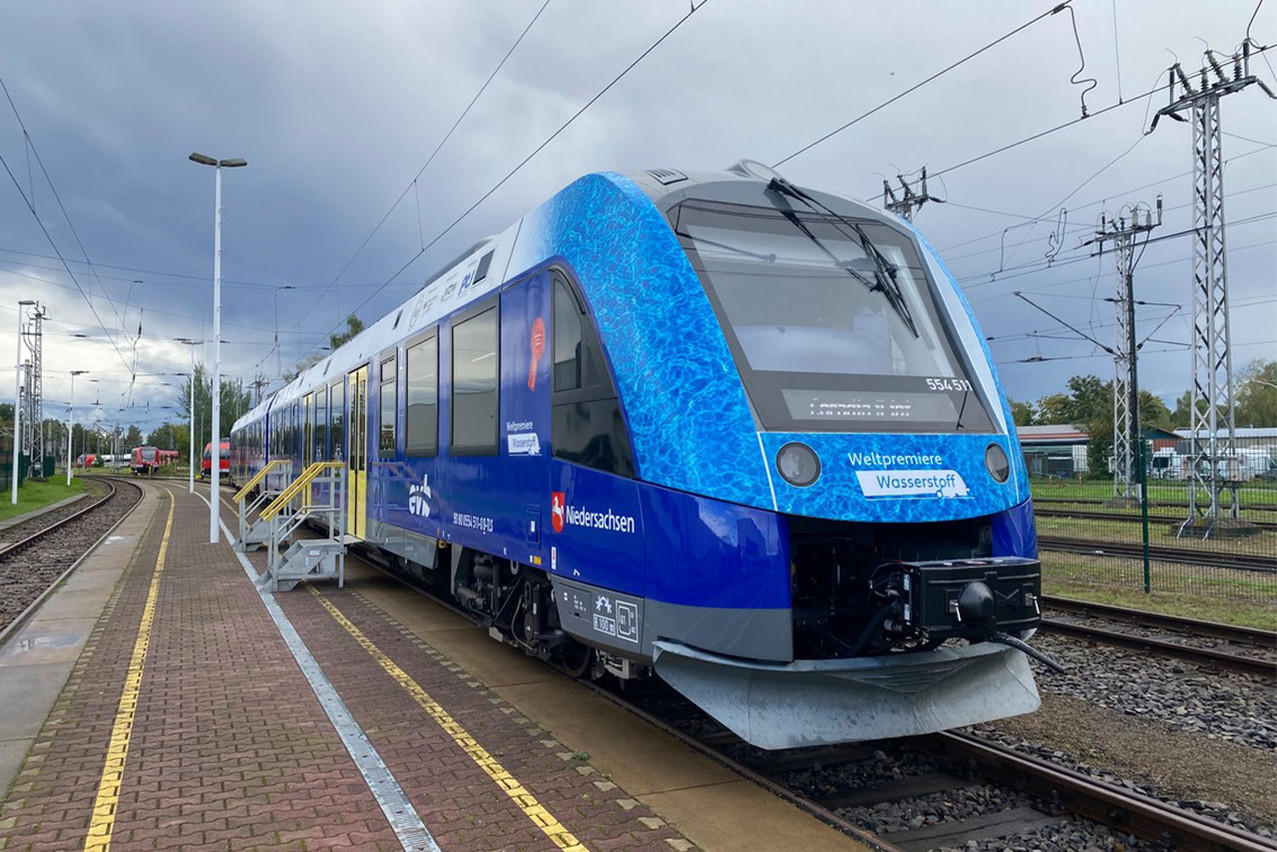
But what truly sets these trains apart is their integration of Lithium Titanate Oxide (LTO) batteries, a breakthrough technology that enhances performance during critical phases such as acceleration, braking, and energy storage.
Why LTO Batteries Matter
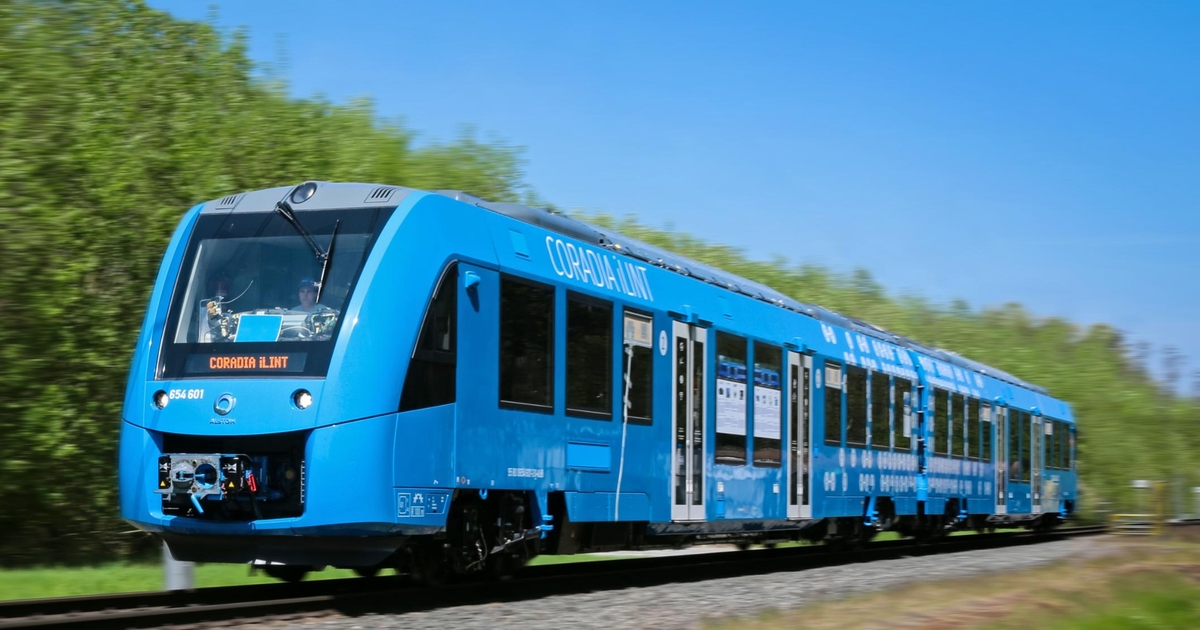
Unlike conventional lithium-ion batteries, LTO batteries are known for their exceptional safety, long lifespan, and rapid charging capability. They can charge and discharge much faster, making them ideal for transportation systems that demand high power in short bursts—like trains leaving a station or climbing a gradient.
Here’s how it works:
-
During acceleration, the LTO batteries supply additional energy to the motors, ensuring smooth, powerful movement without straining the fuel cells.
-
During braking, the train’s regenerative braking system recovers kinetic energy and stores it back into the batteries. This captured energy is then reused, improving efficiency and minimizing waste.
-
The system is self-balancing, ensuring that hydrogen consumption is optimized and the overall energy output remains stable throughout the journey.
The result? A rail system that is not only cleaner but also smarter, faster, and more energy-efficient.
Cleaner, Quieter, Smarter
Traditional diesel trains emit large amounts of carbon dioxide, nitrogen oxides, and particulate matter, contributing heavily to air pollution. Hydrogen trains, on the other hand, emit zero harmful gases. Their operation is nearly silent, drastically reducing noise pollution—a benefit especially valued in residential and urban areas.
Furthermore, hydrogen-powered trains don’t require extensive electrified rail infrastructure. This makes them a cost-effective solution for regions where building overhead power lines would be prohibitively expensive or environmentally disruptive. Germany’s approach demonstrates how innovation can overcome geographical and financial challenges to achieve sustainable outcomes.
Driving Europe’s Green Future
Germany’s investment in hydrogen technology is part of a larger European effort to decarbonize the transport sector. The country’s first hydrogen trains, developed by Alstom, began service in Lower Saxony in 2022. The new generation now adds LTO batteries into the mix, creating a hybrid hydrogen-battery system that improves performance and reliability across various terrains.
The potential impact is enormous. By replacing diesel-powered trains with hydrogen models, Germany could cut millions of tons of CO₂ emissions annually while reducing dependence on fossil fuels. It’s a move that supports both environmental goals and energy independence—a strategic advantage in today’s evolving global energy landscape.
Beyond Germany: A Global Model
The success of Germany’s hydrogen-powered trains is inspiring other nations to follow suit. Countries like France, Japan, and the United Kingdom are exploring similar hydrogen-battery hybrid systems for their rail networks. As the technology matures, costs will fall, making clean rail transport accessible worldwide.
The Road (or Rail) Ahead
Germany’s hydrogen train initiative is more than a transportation project—it’s a symbol of the country’s vision for a sustainable future. By marrying hydrogen fuel cells with cutting-edge LTO batteries, engineers have created a rail system that is fast, efficient, and environmentally responsible.
In a world urgently seeking greener solutions, these trains are a powerful reminder that innovation and sustainability can move forward on the same track.
